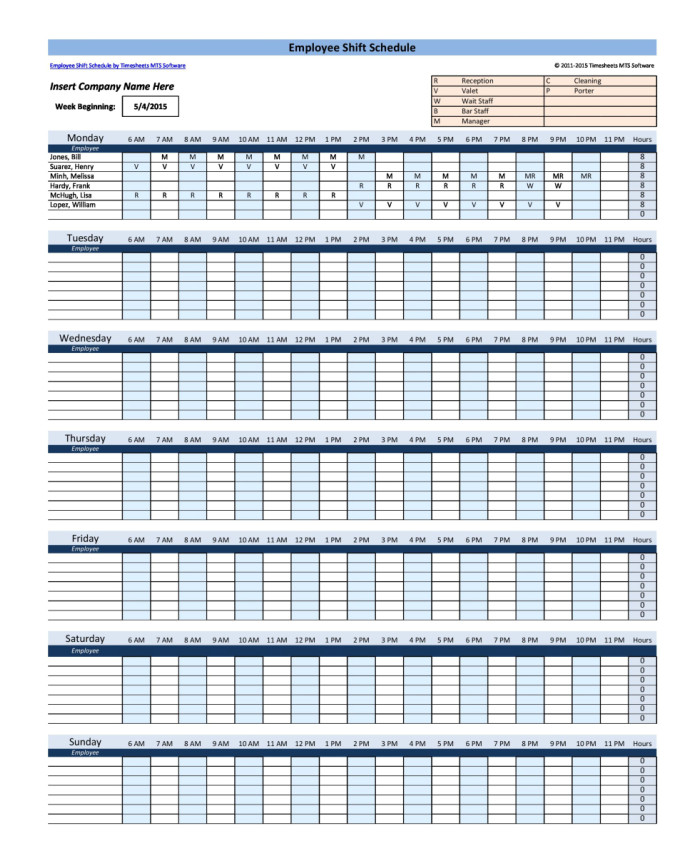As a business owner or manager, one of your most important tasks is creating a schedule for your employees. A well-structured and organized schedule not only ensures that your business runs smoothly but also helps to keep your employees happy and productive.
In this guide, we will discuss the importance of a schedule for employees and provide you with practical tips and strategies to create an effective schedule that meets the needs of your business and your employees.
Why is a schedule for employees important?
A schedule for employees is crucial for the smooth operation of any business. It helps to ensure that all necessary tasks and responsibilities are covered and that there is enough staff available to handle the workload. A well-planned schedule also allows employees to know when they are expected to work, helping them to plan their personal lives accordingly. Moreover, a schedule provides structure and clarity, reducing confusion and conflicts among employees.
Furthermore, a schedule for employees can help to improve productivity and efficiency. When employees know what is expected of them and when they are more likely to be focused and motivated. A clear schedule also allows employees to prioritize their tasks and manage their time effectively, resulting in increased productivity and better performance.
How to create an effective schedule for employees
Creating an effective schedule for employees requires careful planning and consideration. Here are some steps to help you create a schedule that works for your business:
1. Assess your business needs
Before creating a schedule, it is important to assess your business needs. Consider the nature of your business, the number of employees you have, and the tasks that need to be completed. This will help you determine the number of employees you need and the hours of operation.
2. Consider employee preferences
Take into account the preferences and availability of your employees when creating the schedule. Some employees may have specific days or times when they are unable to work, while others may prefer certain shifts. By considering these preferences, you can create a schedule that accommodates your employees’ needs and increases employee satisfaction.
3. Balance workload and resources
When creating a schedule, it is important to ensure that you have enough staff to handle the workload. Avoid overloading certain employees or departments, as this can lead to burnout and decreased productivity. Distribute the workload evenly and consider cross-training employees to have a backup in case of absences.
4. Use scheduling software
Consider using scheduling software to streamline the scheduling process. Scheduling software can help you create schedules quickly and easily, make adjustments as needed, and communicate the schedule to your employees. It can also help you track employee hours and manage time-off requests.
5. Allow for flexibility
While it is important to create a schedule that meets the needs of your business, it is also important to allow for flexibility. Unexpected events or emergencies may arise, and employees may need to request time off or swap shifts. By building flexibility into your schedule, you can accommodate these changes without causing disruptions to your business operations.
6. Communicate the schedule effectively
Once you have created the schedule, it is crucial to communicate it effectively to your employees. Make sure that each employee has access to the schedule and understands their assigned shifts. Consider using digital platforms or a bulletin board in a common area to display the schedule. Additionally, encourages open communication and provides a process for employees to request time off or make schedule changes.
7. Review and adjust as needed
Regularly review the schedule and make adjustments as needed. Monitor employee performance and productivity to identify any issues or areas for improvement. Seek feedback from your employees and be open to making changes that benefit both the business and the employees.
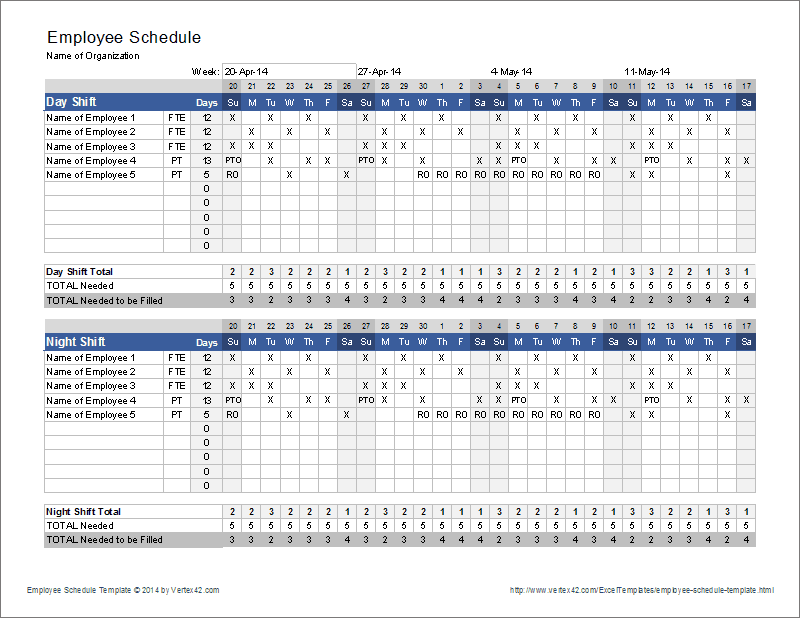
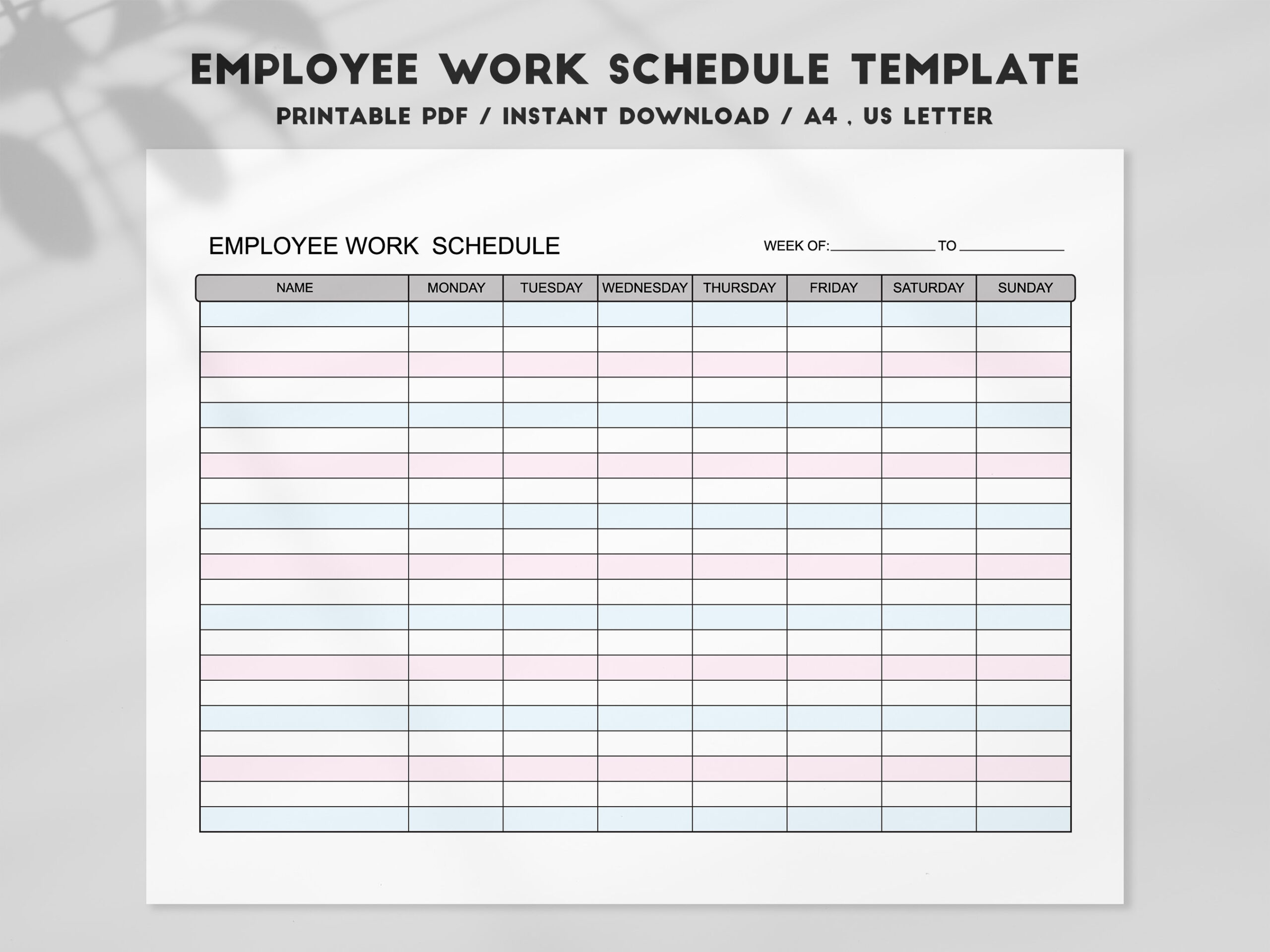
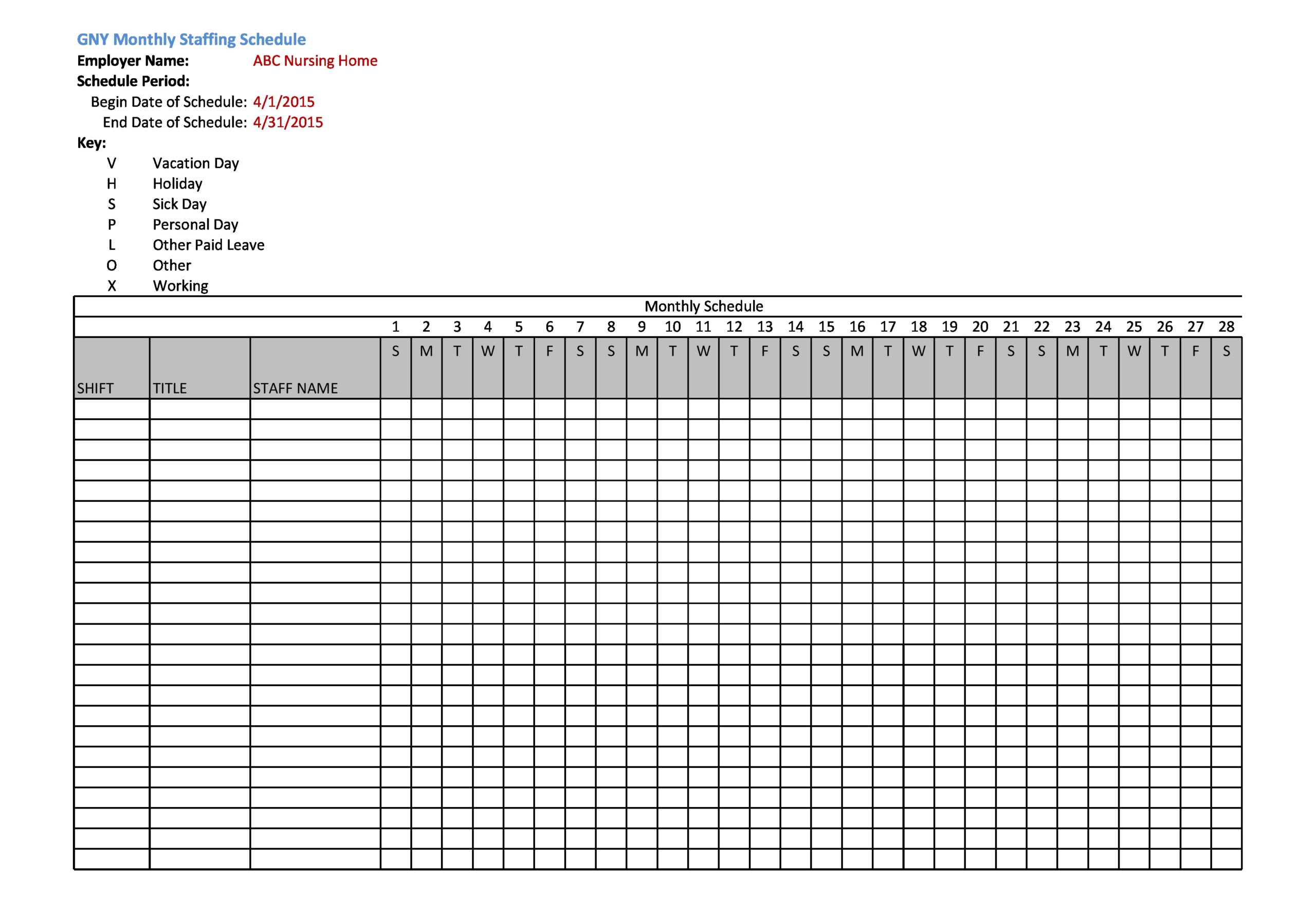
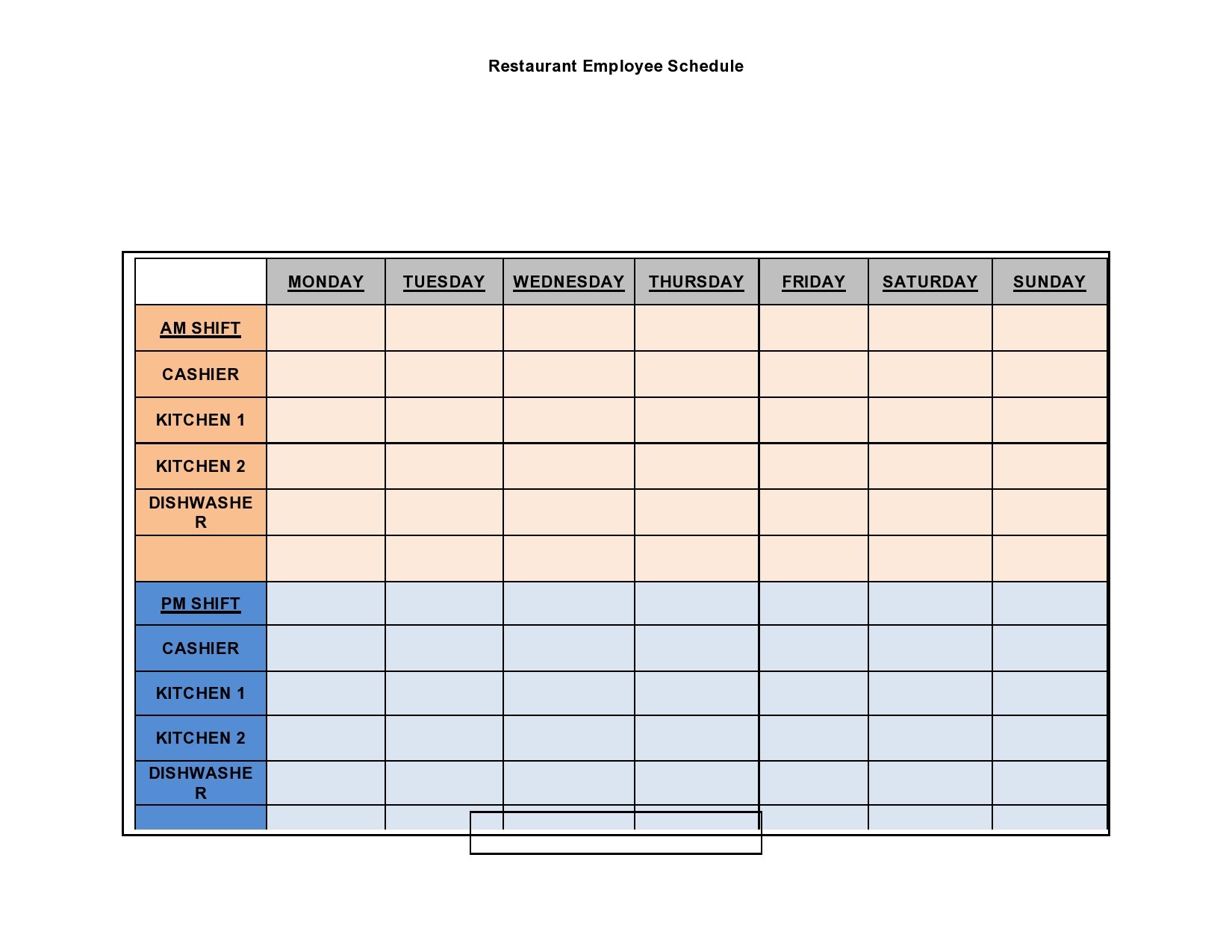
Benefits of a well-planned schedule for employees
A well-planned schedule for employees offers several benefits for both the business and the employees:
- Increased productivity: A clear and organized schedule helps employees manage their time effectively, resulting in increased productivity.
- Improved employee satisfaction: By considering employee preferences and accommodating their needs, a schedule can improve employee satisfaction and morale.
- Reduced conflicts: A well-structured schedule minimizes conflicts and confusion among employees regarding their working hours and responsibilities.
- Better customer service: A properly staffed schedule ensures that there are enough employees available to provide excellent customer service.
- Cost-effective: By optimizing the schedule and avoiding overtime or overstaffing, businesses can reduce labor costs.
Conclusion
Creating a schedule for employees is a critical task for any business. By following the steps outlined in this guide, you can create an effective schedule that meets the needs of your business and your employees. Remember to assess your business needs, consider employee preferences, balance workload and resources, use scheduling software, allow for flexibility, communicate the schedule effectively, and review and adjust as needed. A well-planned schedule can lead to increased productivity, improved employee satisfaction, and better overall business operations.
Schedule Template For Employees – Download
